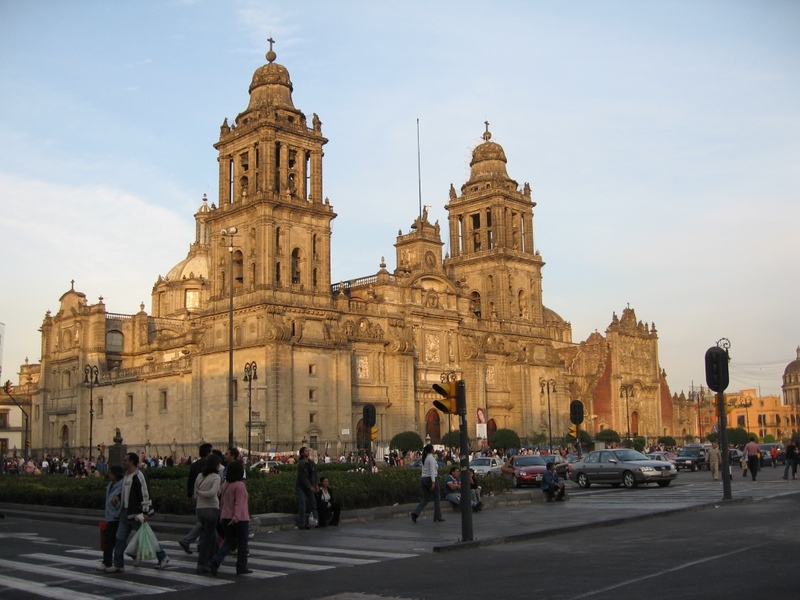Spaces and Flows’s Updates
Reconnaissance: Inside the Panopticon
Places Journal | Article Link | by Hillary Mushkin
Mexico City’s C4I4 is a fantastically overdetermined work of architecture: a concrete bunker, three stories high, that resembles a row of giant surveillance cameras aimed at the city. You can barely see the building from the street, as it rises above a 20-foot perimeter wall. But it can see you.
This is the nerve center for Ciudad Segura, billed as “the world’s most ambitious urban security programme,” and it wouldn’t matter if it were buried underground. Its eyes are 13,000 cameras arrayed throughout the Federal District. Built in 2011 by the Mexican telecommunications company Telmex and the French multinational military contractor Thales, the building consolidates municipal agencies and provides state-of-the-art tools for urban surveillance and crisis response.
Control rooms have proliferated in “smart cities” around the globe, but most urban data centers hide their military origins. Not the C4I4. Its name (Comando, Control, Comunicaciones, Cómputo, Inteligencia, Integración, Información e Investigación) is patterned after Thales’s C4ISTAR defense systems (Command, Control, Communications, Computers, Intelligence, Surveillance, Target Acquisition, and Reconnaissance), which enable remote commanders to monitor data and coordinate personnel in the field.
In addition to the surveillance cameras, Mexico City’s system includes two mobile surveillance units; a network of street police; environmental sensors that capture weather, seismic, and other data; panic buttons; and five regional stations (C2s, for Command and Control) situated in places where large groups frequently gather: in the city’s historic center, near the Antigua Basilica de Guadalupe, and near the Universidad Autónoma de la Ciudad de México.
At its heart is the C4I4 control room, where 90 call-takers, 132 dispatchers, and 20 surveillance operators staff a large, open area filled with digital displays of the city. On their 24-inch monitor workstations, they can view real-time HD (1080p) video feeds from nine cameras simultaneously. Software automatically recognizes license plates, monitors traffic, and tracks anomalous events such as people running or moving in a group. Analysts can connect this information with data from gunshot and explosion sensors, maps, internet traffic, and databases from all 47 city agencies. Camera feeds are saved for seven days, or longer if related to an investigation. Police can thus track connections between people, vehicles, and locations.


